Background Story
As an electronic maker, it is getting harder and harder for me to create new projects as parts (mostly IC and surrounding components) are getting smaller and smaller. About 10 years ago, SOP package IC are still easy to find which range from supporting USB2.0 or Serial communications. But in recently years, most ICs other than those require heat dissipation like battery charging or power management ICs, signal ICs are hard to find in SOP packages.
Design Goal
As I always to make something else other than power banks, I need to figure out a way to make soldering smaller packages IC less painful. The issues is that unlike makers from other country who usually have a larger space to work with, I live in cities with workspace smaller than a toilet in western countries. That is why I need to find a solution that is
- Small, compact
- DC powered (as I don't feel comfortable working with AC)
- Fully automatic reflow like an infra-red reflow oven
I did try to look for some solution on the internet, the closest I can get is either a proper reflow oven or those tiny rework hotplate that uses PCB hot-plate, which do not met my requirement regarding my "dream reflow stations".
That is why I decided to make one myself. Though, this is one of my most expensive and hard to complete projects in recent year due to complexity in material sourcing. I will share with you in details in later steps.
What Make This Build Special?
This is probably the first open source USB-PD powered MCH hotplate on the internet, even featuring the automatic reflow profile for Sn63Pb37 but not other specific solder paste design for low temperature reflowing.
The issue is that MCH hotplate is a bit tricky to get and finding one with specific specification always require custom made. This design factors in the difficult of souring such components and design the hotplate components to be swap-able with a PCB hotplate or MCH hotplate with different spec. Just change a few lines of code in the firmware to control the power switching frequency (and hence, adjusting the power to the hotplate), this PCB design basically fits most of the heating element you can find online with suitable sizes and power rating.
 tobychui
tobychui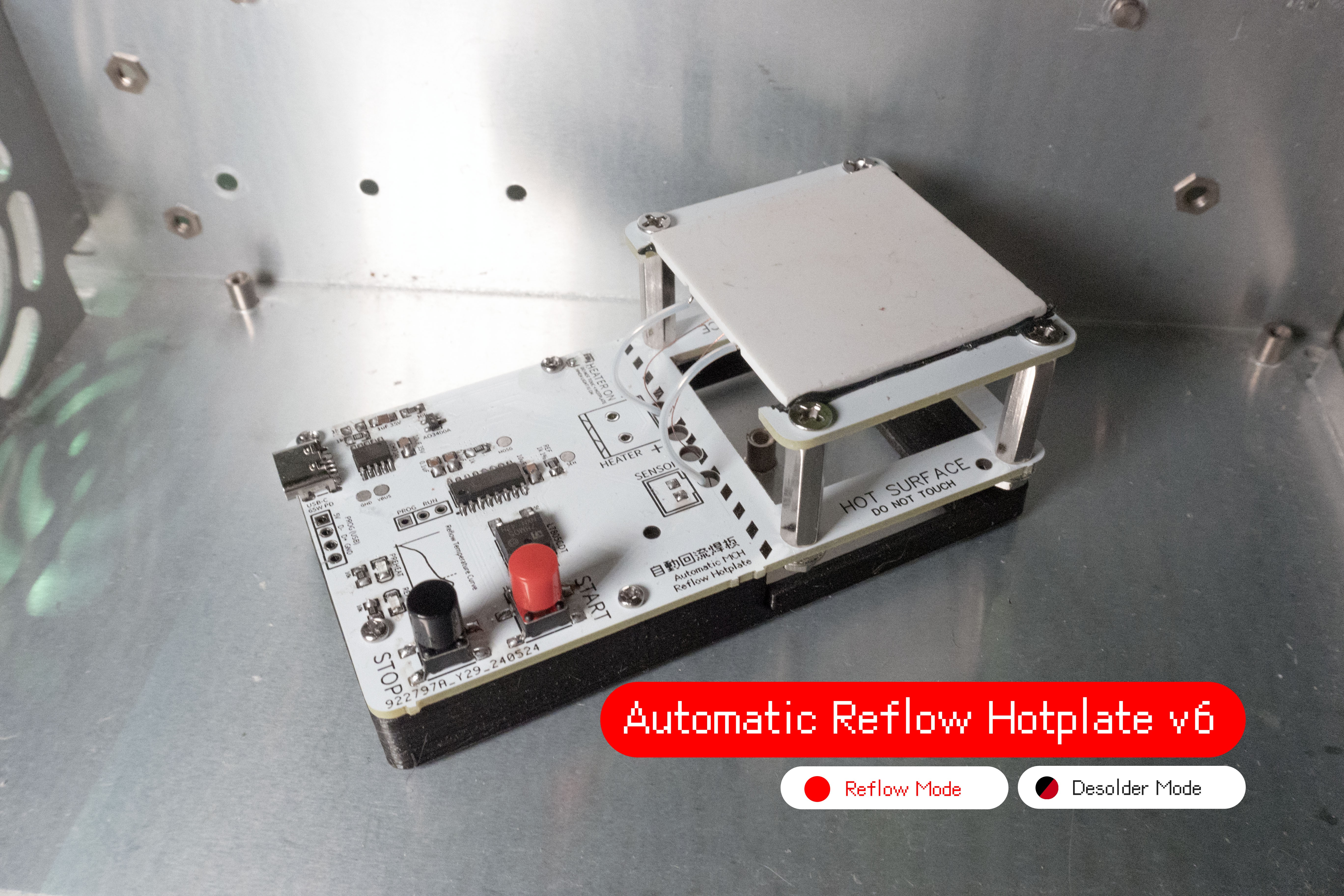
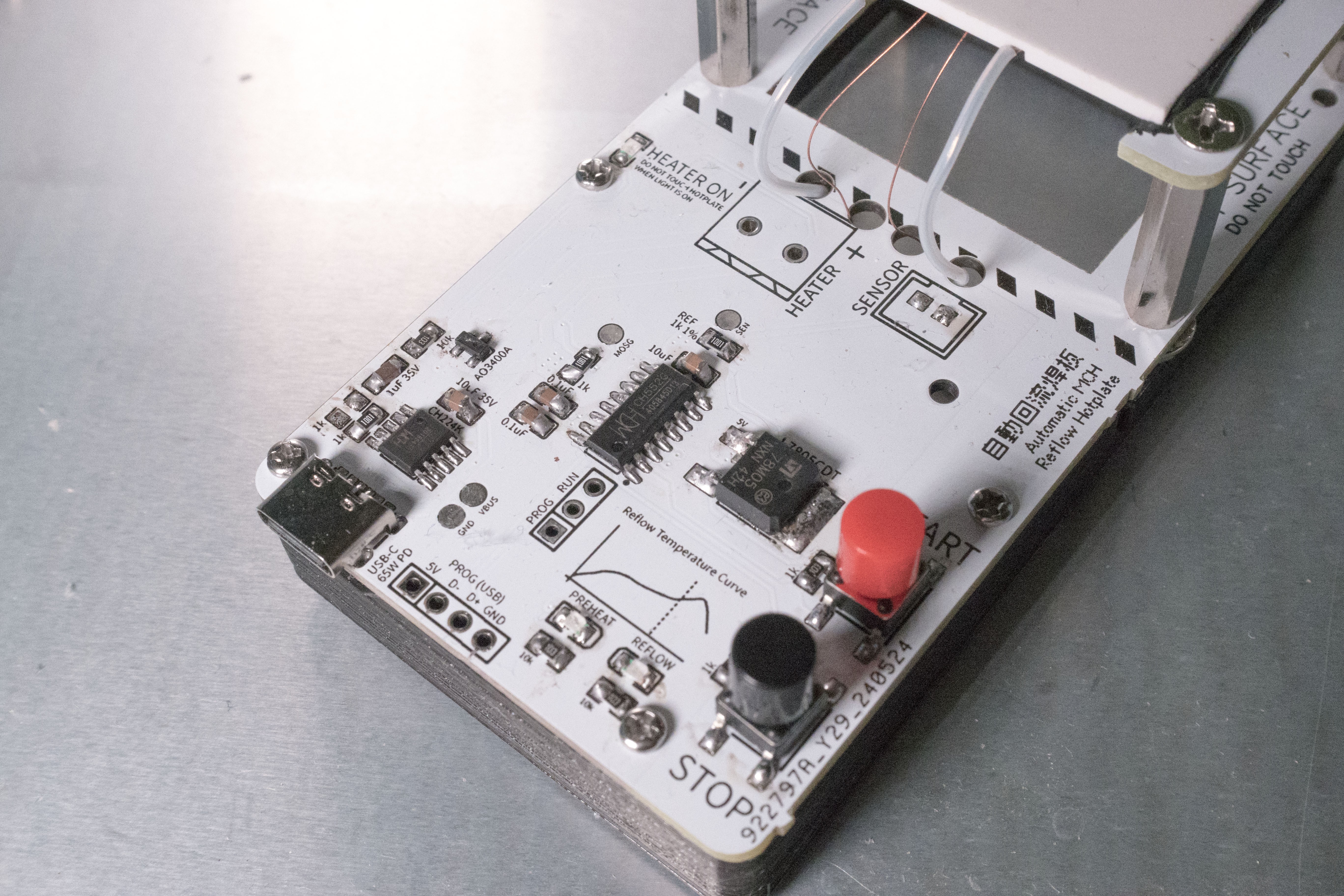
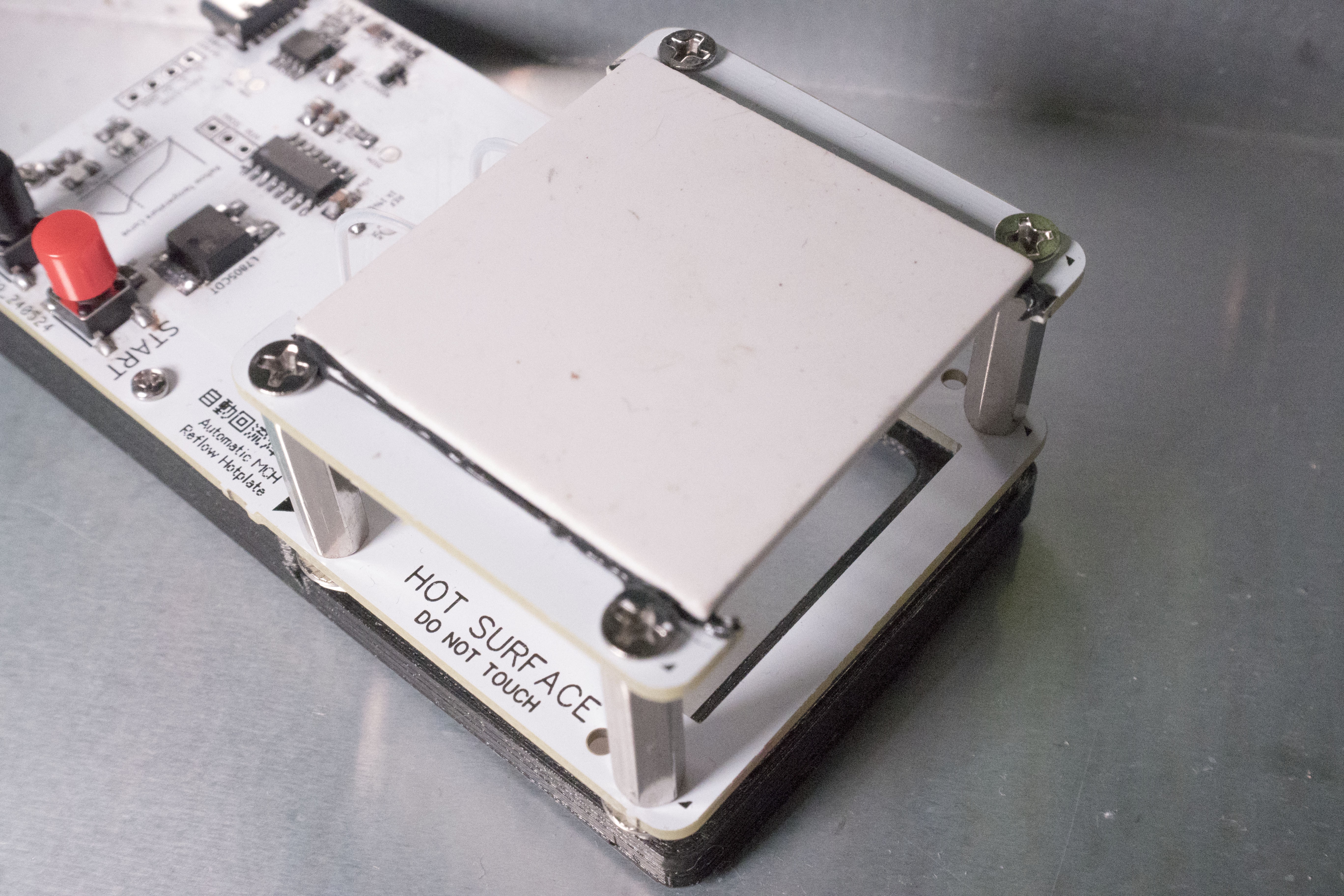
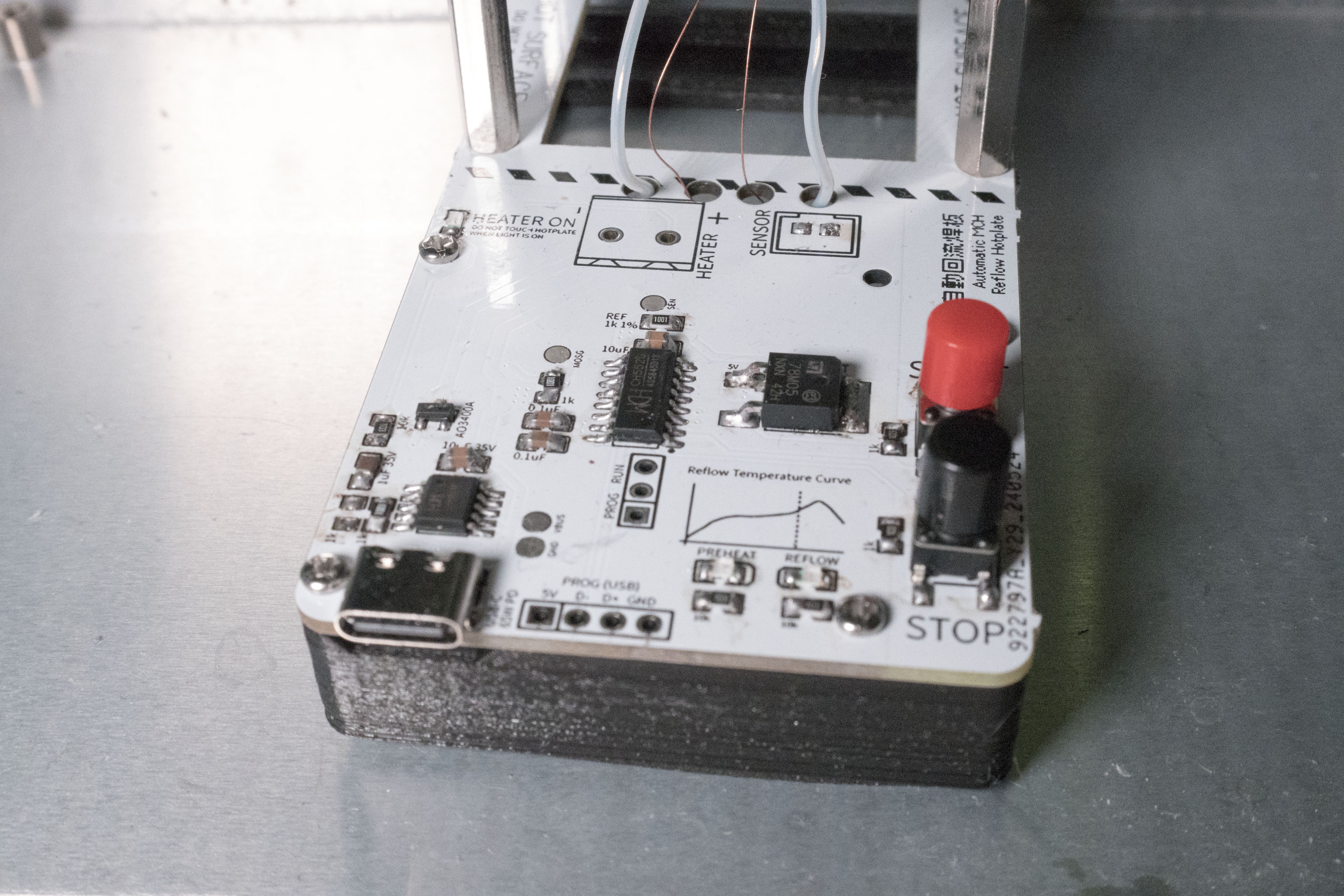
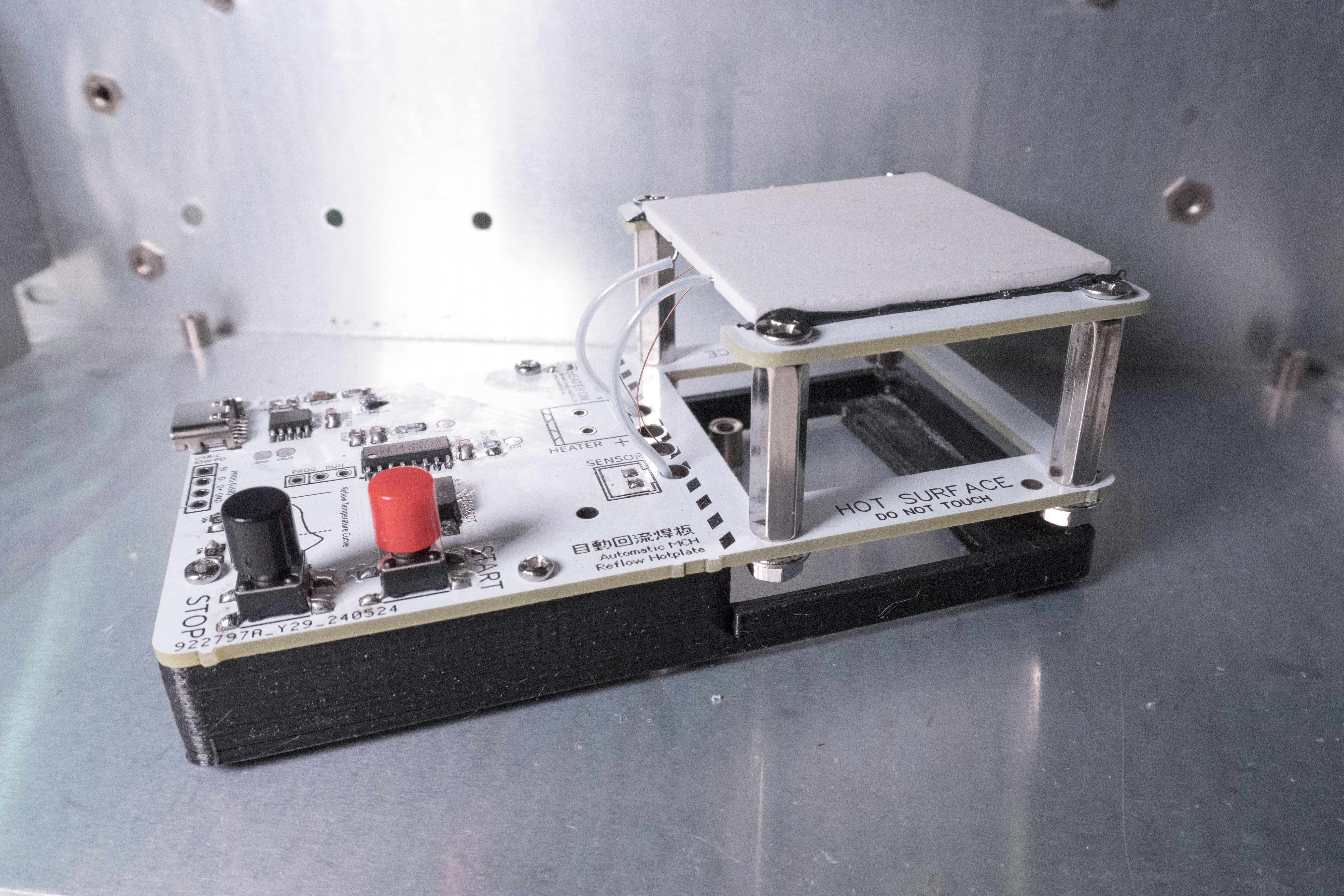

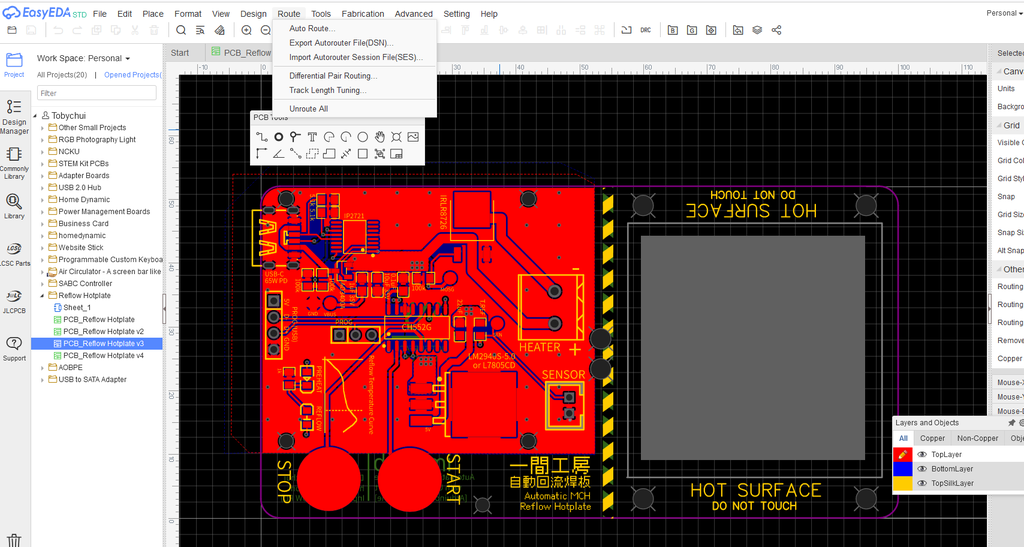
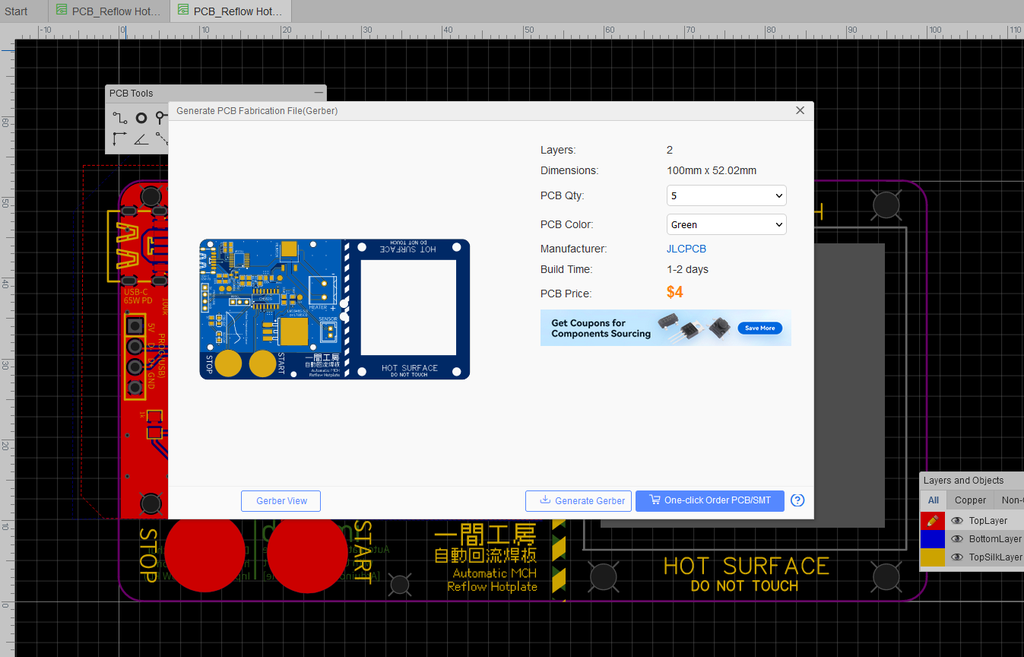
 Side Note
Side Note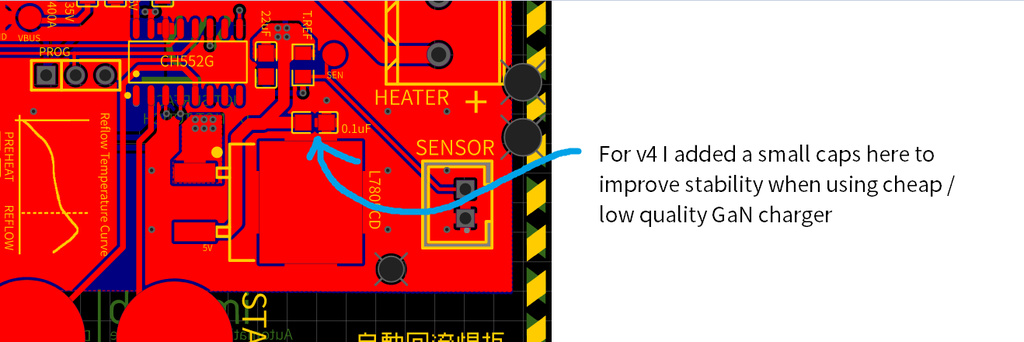




Hi Toby, I just came across your project. Could I ask about where you source your MCH from?